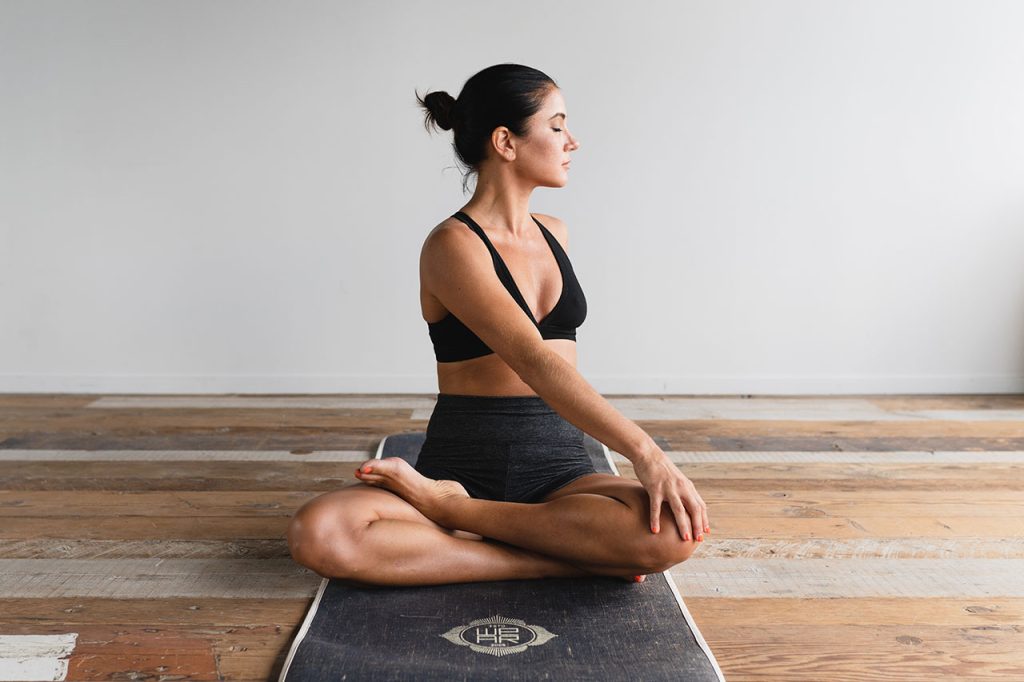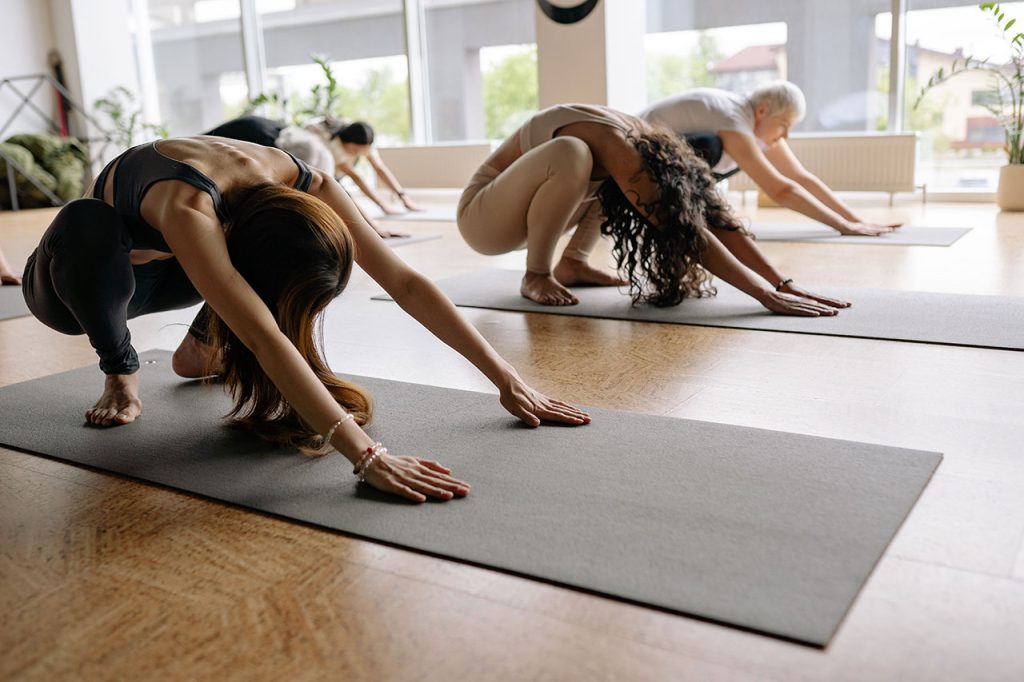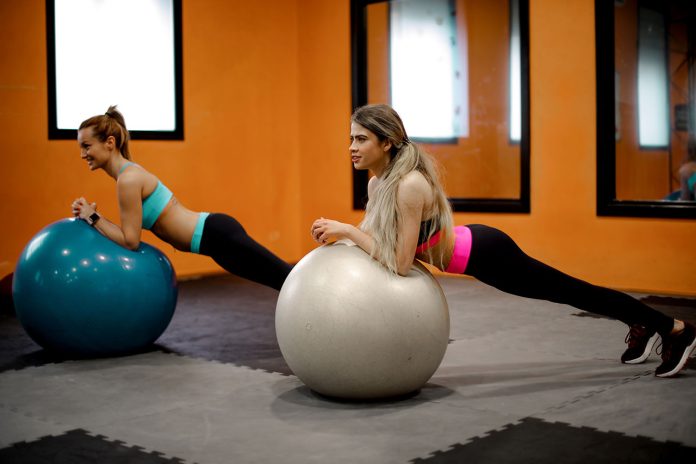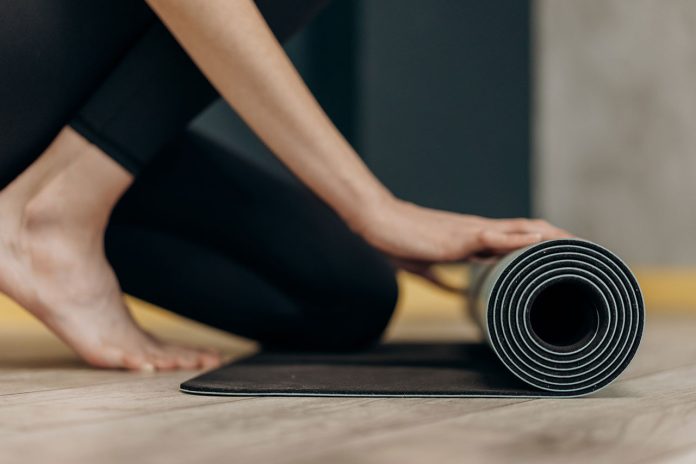The pelvis forms an important foundation for posture, movement, and core activation. However, lifestyle factors like sitting long hours can throw the pelvic alignment off, limiting mobility and power. Targeted yoga asanas can realign the pelvis, strengthen pelvic floor muscles, and build essential stability through the core. How yoga promotes pelvic stability?
Table of Contents
You may also want to know: How to Start a Yoga Practice
Understanding Pelvic Positioning
The pelvis consists of the two hip bones, sacrum, and coccyx connected at the sacroiliac joints. Normal positioning entails:
- A slight anterior pelvic tilt – maintaining the natural lumbar curve.
- Level placement of the pelvic crest points.
- Equal weight distribution through the sit bones.
Postural habits can tilt the pelvis excessively forward or backward, straining the spine and hips. Yoga builds awareness of optimal pelvic alignment.
Benefits of a Stable Pelvis
Proper pelvic stability provides:
- Spinal protection – Correct pelvic position maintains the spine’s natural curvature.
- Increased mobility – The pelvis can tilt and rotate freely without compensation.
- Improved posture – A balanced pelvis allows upright posture with minimal effort.
- Back pain relief – Pelvic misalignment contributes greatly to low back issues.
- Better balance – Proper pelvic alignment centers the body’s weight evenly.
- Core strength – Pelvic positioning is crucial for effective transverse abdominal activation.
- Reduced injury risk – Optimal pelvic function stabilizes the hips and spine during activity.
- Bladder control – Strong pelvic floor muscles prevent urinary incontinence.
- Heightened body awareness – Connecting to the pelvic area enhances proprioception.

Yoga Poses to Improve Pelvic Stability
Here are some asanas that develop pelvic awareness and strength:
- Bridge pose – Tilts the pelvis anteriorly, strengthening the glutes and pelvic floor.
- Happy baby pose – Externally rotates hips and stretches pelvic muscles.
- Low lunge – Promotes balance between front and back pelvic points.
- Warrior I – Maintains level pelvis while strengthening legs and glutes.
- Triangle pose – Laterally stretches pelvic muscles and waist.
- Wide-legged forward bend – Encourages external hip rotation and pelvic tilt.
- Supine twist – gentle spinal and pelvic rotation increases mobility.
- Cat-cow – Pelvic tilts articulate the pelvis through its range of motion.
- Child’s pose – Releases accumulated tension in the pelvic bowl.
A well-rounded yoga sequence trains optimal pelvic movement patterns and control.
Yoga Practices for Pelvic Floor Strength
The pelvic floor muscles support reproductive and urinary function. Yogic exercises tone and activate these important muscles:
- Kegels – Rhythmic contraction and relaxation of pelvic floor muscles.
- Mula bandha (Root lock) – Engage pelvic floor muscles and lift them upward. Maintain during poses.
- Uddiyana bandha (Upward abdominal lock) – Draw lower abdominals back toward the spine, lifting the pelvic floor.
- Agni Sara – Flutter abdominal muscles rapidly to strengthen the pelvic floor.
- Yogic breathing – Exhalations engage pelvic floor muscles. Focus on controlled release.
Consistency in targeting the pelvic floor prevents weakening over the years.

Lifestyle Habits for a Stable Pelvis
Off-the-mat activities also influence pelvic positioning:
- Maintain optimal posture – Avoid slouching, which strains the sacroiliac joints.
- Stretch hip flexors – Tight psoas muscles pull the pelvis forward.
- Strengthen glutes and abs – Core strength supports optimal pelvic function.
- Avoid sitting for prolonged periods – Take frequent movement breaks.
- Wear supportive footwear – Good arch support improves posture and pelvic alignment.
- Manage weight – Excess weight strains the pelvic bowl.
- Quit smoking – Coughing chronically weakens the pelvic floor.
The pelvis is foundational for whole-body health. Yoga develops awareness and control of this vital region. By integrating pelvic stability practices, we can move with greater ease and power.
Related Links:
https://en.wikipedia.org/wiki/Yoga




